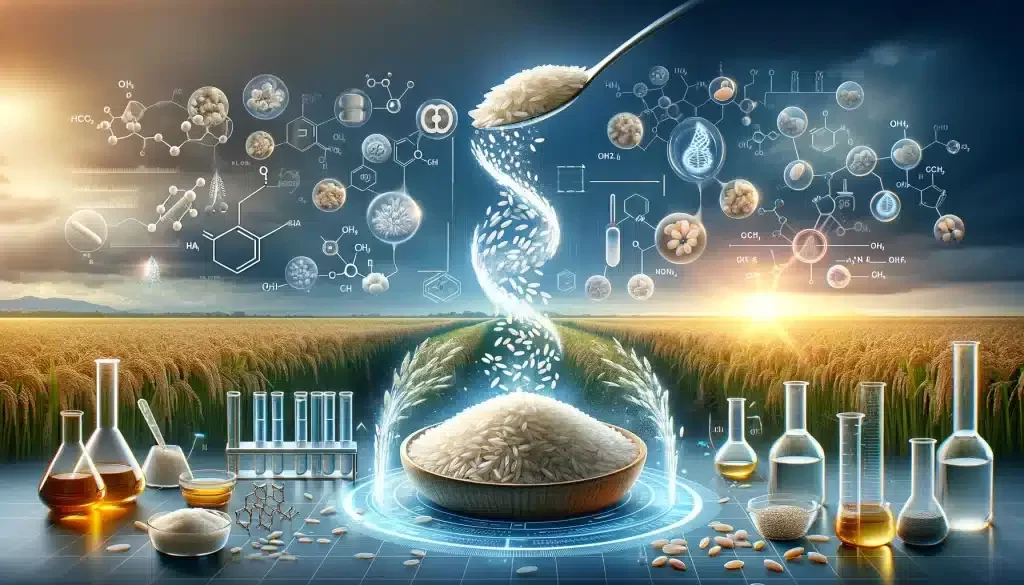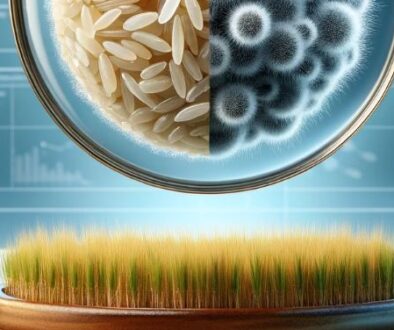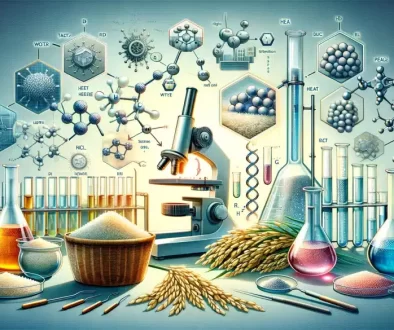Comprehensive Utilization and Application Prospects of Rice Feed Protein
Explore the benefits and applications of rice protein and peptides for nutritional supplements, health foods, and infant formulas in our comprehensive study.
Keywords: rice feed protein, rice peptide, ultrafine grinding, water washing, enzymatic hydrolysis, decolorization, desalination
Introduction
China, a major rice-producing country, has abundant resources of rice protein. Rice feed protein, a byproduct from the production of monosodium glutamate, maltose, glucose, and starch industries, contains protein levels over 50% on a dry basis, significantly higher than the protein content in raw rice. Despite its high protein content, this valuable resource has not been effectively utilized in China. This study explores the potential of rice feed protein as an efficient source of dietary protein and its various applications.
Protein Recovery from Rice Feed
Research from Jiangyin Hetai Industrial Co., Ltd. has developed a new process using enzymatic reactions to produce 75%-80% rice protein from rice feed protein with minimal loss. This process not only highlights the economic viability of extracting protein from rice byproducts but also demonstrates a sustainable approach to utilizing agricultural residues.
Nutritional and Health Benefits of Rice Protein
Rice protein is recognized for its superior amino acid composition, high biological value, and low allergenicity. It has been identified as a high-quality source of dietary protein, prompting its inclusion in national scientific research projects. The potential applications of rice protein are diverse, ranging from soy sauce and high-protein powders to nutritional supplements and infant food, due to its low allergenicity and high nutritional value.
Peptides: Overview, Meaning, and Properties
Peptides, consisting of amino acids linked by peptide bonds, play crucial roles in various biological functions. They can act as messengers, regulating physiological activities and biochemical reactions. Rice peptides, derived from rice protein hydrolysis, offer beneficial health functions such as cholesterol reduction, blood pressure regulation, and fat metabolism enhancement, making them valuable additives in functional foods and nutritional supplements.
Applications of Rice Peptides in Food Industry
The application of peptides in the food industry began in the 1980s in Japan and has since expanded globally. Rice peptides, inheriting the advantages of rice protein, offer a range of health benefits, including hypoallergenic properties and a balanced amino acid composition. Their applications extend to health beverages, sports nutrition, and infant formulas, showcasing their versatility and potential in enhancing food products’ nutritional and functional qualities.
Extraction Methods and Comparison of Plant Proteins
The document reviews the main extraction methods for plant proteins: acid, alkaline, and enzymatic methods. Each method has its advantages and limitations, with the enzymatic approach being favored for its mild conditions, nutritional preservation, and functional optimization of protein characteristics.
Enzymatic Preparation of Rice Peptides
Enzymatic hydrolysis is the preferred method for industrial production of bioactive peptides. The process involves selecting appropriate enzymes based on the protein’s amino acid composition and the desired properties of the peptides. This method has been widely applied due to its advantages over acid and alkaline hydrolysis, demonstrating its effectiveness in producing peptides with specific biological activities.
Research Status and Prospects of Rice Peptides
The document discusses the growing interest in bioactive peptides globally, with numerous studies exploring their physiological functions and potential applications in health products. The research highlights the development of peptide-based pharmaceuticals and nutritional products, emphasizing the significant market potential and the need for further exploration and utilization of rice peptides.
Conclusion and Future Directions
The comprehensive utilization of rice feed protein for producing high-value products represents a significant opportunity for the agricultural and food industries. The development of advanced processing technologies and the exploration of new functional food ingredients like rice peptides could contribute to food security, rural economic development, and the promotion of public health. The continued research and innovation in this field are essential for unlocking the full potential of rice protein resources.
For more further detailed information of this research, feel free to contact our team for asssistance.
The original research is done by HE Qiangfei,GUO Guanxin,YU Qiusheng(School of Food Science, Jiangnan University, Wuxi,214122, China) The ariticle ID is: doi: 10.7666/d.y1397665












